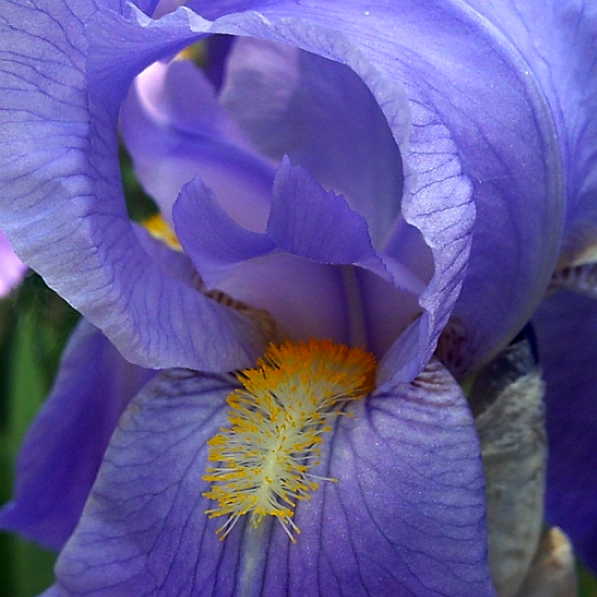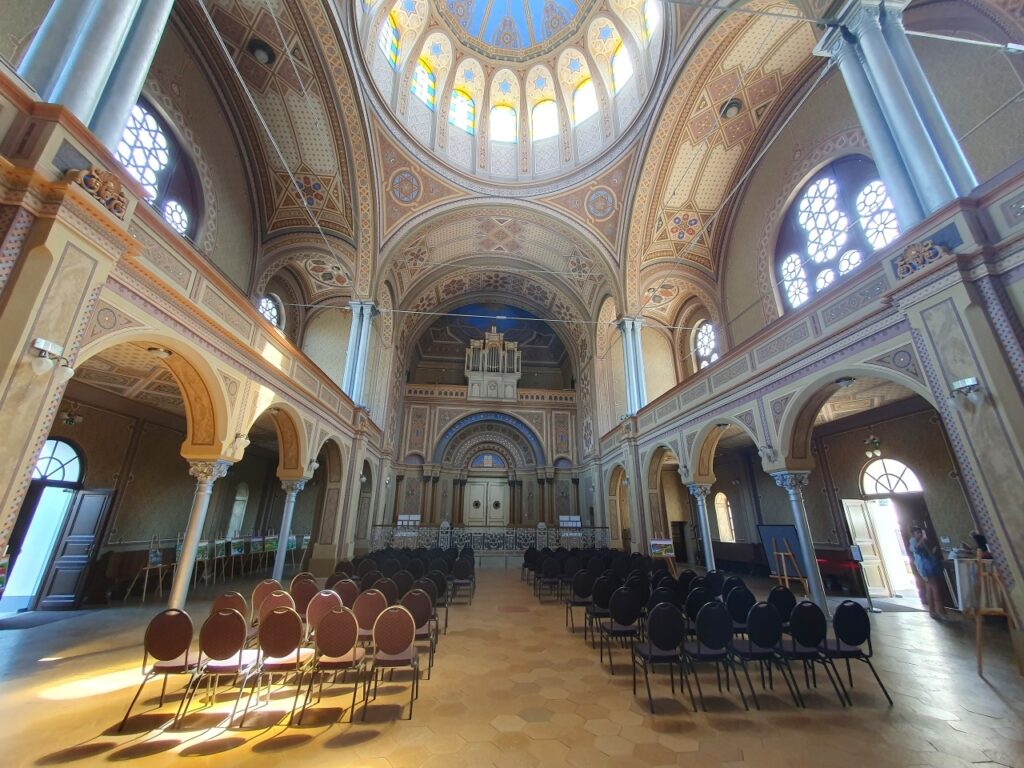Oradea has probably the greatest number of synagogues in Romania. I had the opportunity to see some of them and below are some photos. It is to be noted that it was the first time in my life when I could visit the interior of a synagogue, something that was equally interesting and pleasant. You have the reflex to expect the interior of a typical church and you see something similar yet different, which is a bit confusing. I used Shazam to “catch” the melody playing inside the Great Synagogue, so I’m embedding it at the beginning, so that you can listen to the music while seeing the images and reading the text below.
It’s, if I get it right from the internet, a Chabad melody written by the Ba’al HaTanya and performed by the Shevet Achim Family Ensemble.
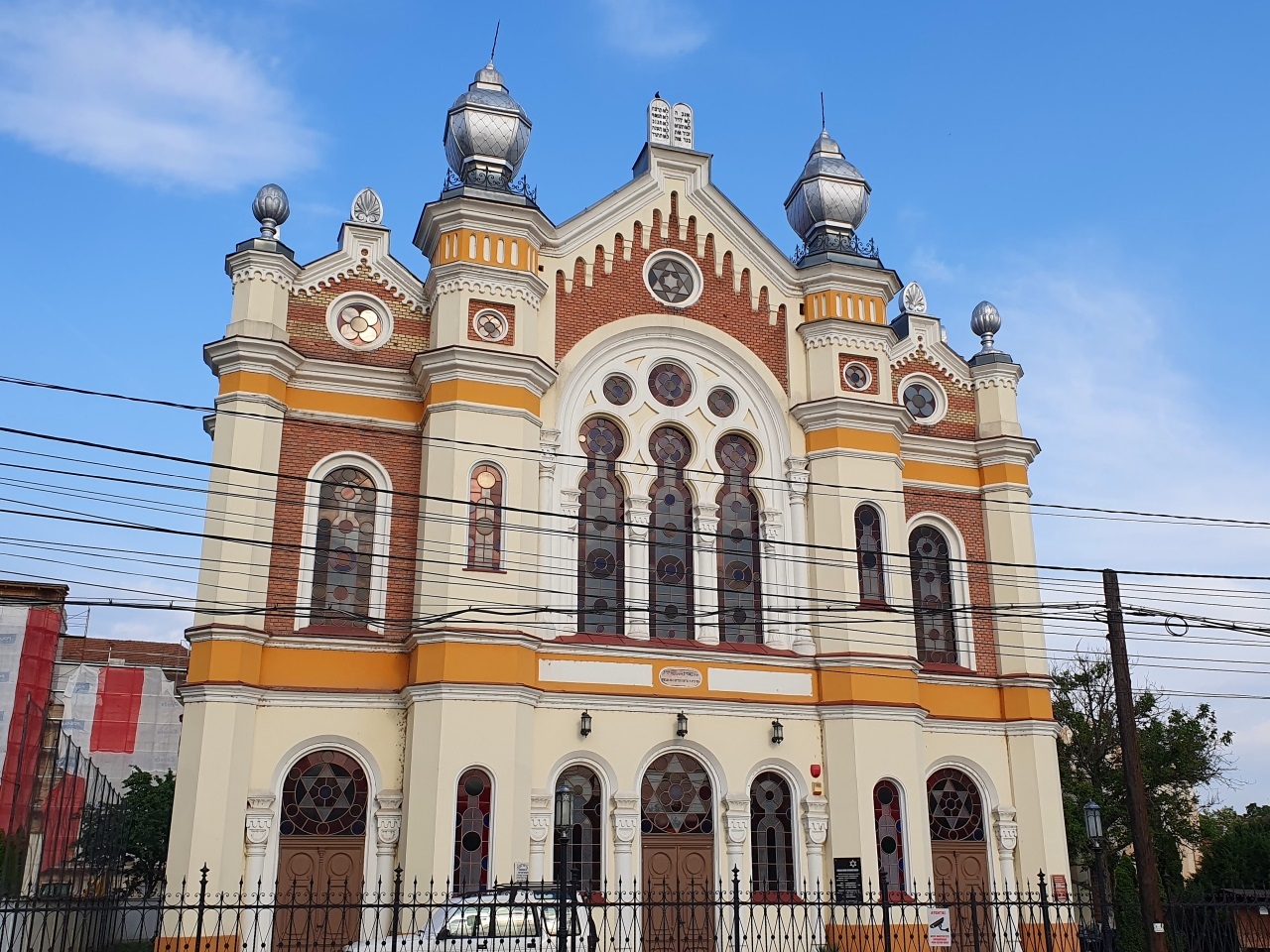
This is the Orthodox Synagogue, built in 1890, which is an “active” synagogue today, used for actual prayers by the present Jews who seem to still exist in Oradea. It was impossible to visit, as it was kept accessible only for the religious service destined to believers and it has a guardian at the entrance who won’t allow access even in the garden.
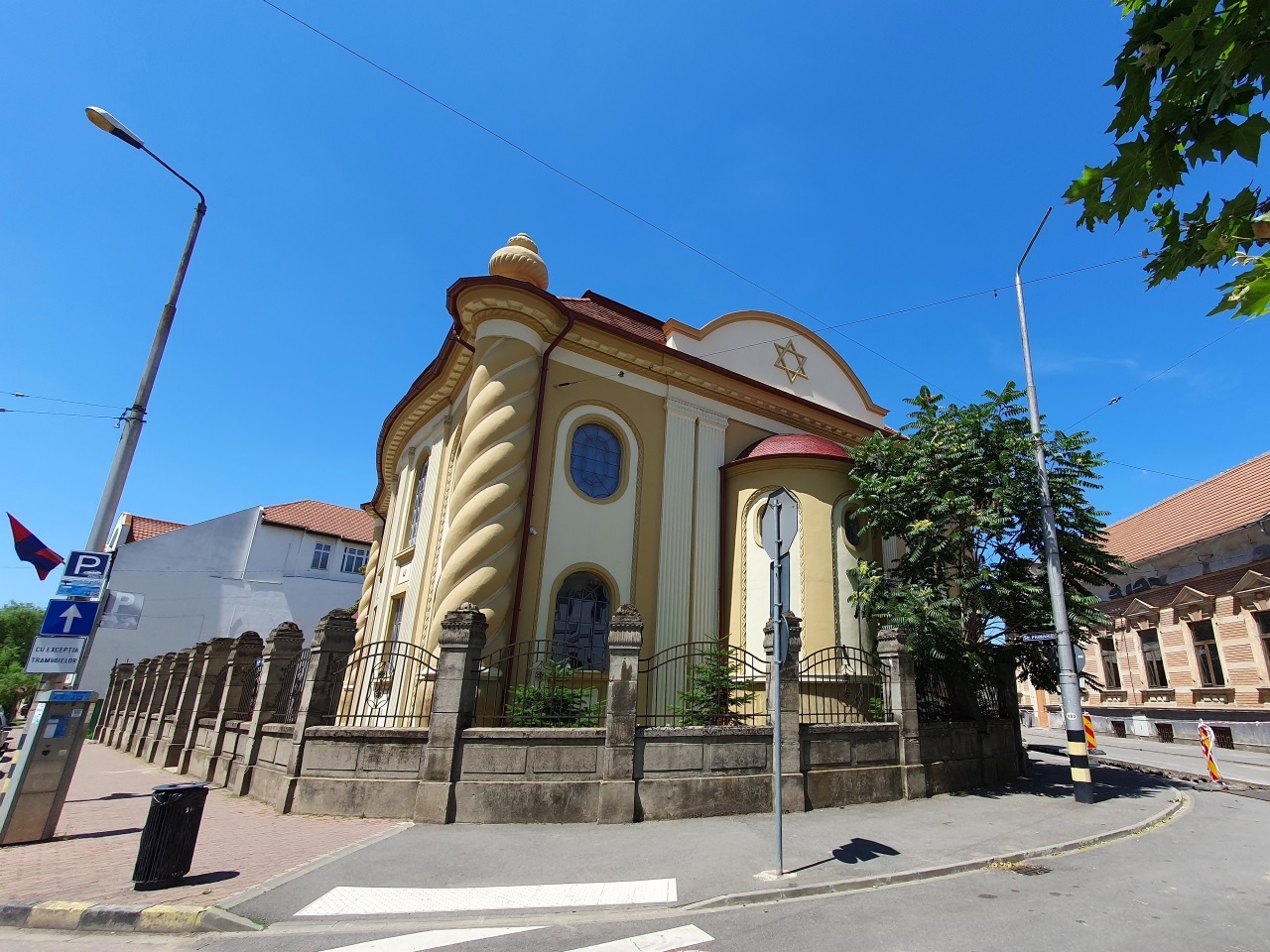
The Orthodox Synagogue in Várad-Újváros, built in 1926, now hosting the impressive Jewish Museum of Oradea and being open for visit. The inside is simple but the objects inside are a monument to the life and the killing of a people that has been hated and blamed for many unjust things, up to the chapter of the Holocaust. Having seen the interior, even if you’re not passionate about the Jewish history or related issues (I am not), it is important not to forget that, in the name of some ideology, people have been murdered and families destroyed. I believe that no ideology can justify the killing of a human being and a visit to this museum can be eye-opening, especially now, when the present population tends to forget that each of us harbors inside the potential for murder (whether we are aware of it or not, whether we accept this or not).
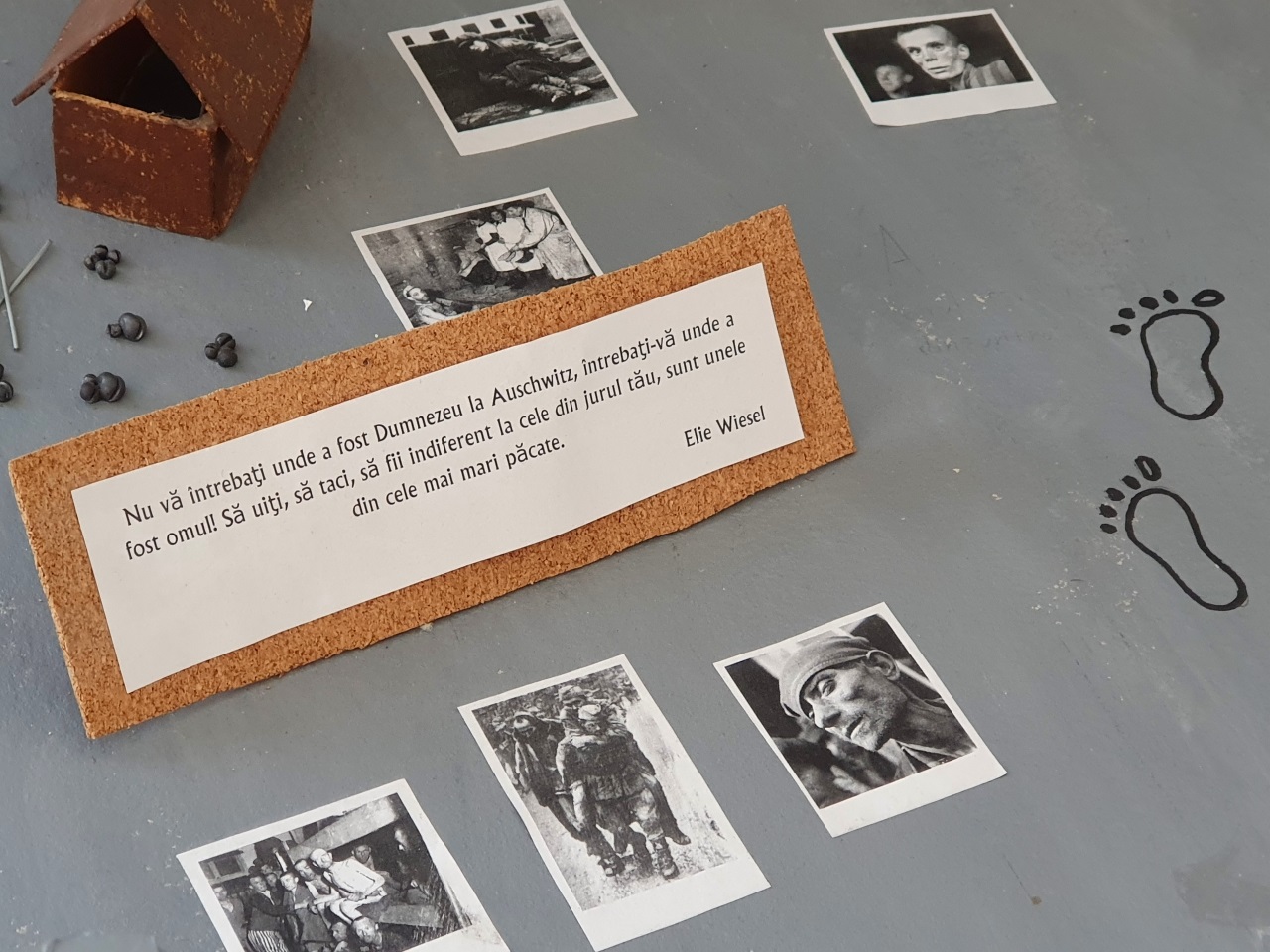
Elie Wiesel is not widely known in Romania because there is a certain degree of reluctance (or resistance, for lack of a better word) towards the Jews. This aloofness is explained by the persistence of the primitive conviction that the Jews are rich and aim to establish a world order of their own, this perception being widely spread in the Romanian collective unconscious, although the Romanian are archetypically non-aggressive, the tendency being to isolate and tolerate others. Elie Wiesel was however born in Romania (Sighetu Marmației, on the northern border with Ukraine), was a writer, professor, political activist, Holocaust survivor and a laureate of the Noble peace prize. Here are some of his words in Romanian, put on display in the museum, which I also translate in English (I couldn’t find a professional translation online):
Nu vă întrebați unde a fost Dumnezeu la Auschwitz, întrebați-vă unde a fost omul! Să uiți, să taci, să fii indiferent la cele din jurul tău, sunt unele din cele mai mari păcate.
Don’t ask yourself where God was at Auschwitz, ask yourself where the man was! To forget, to be silent, to be indifferent to those around you, these are some of the biggest sins.
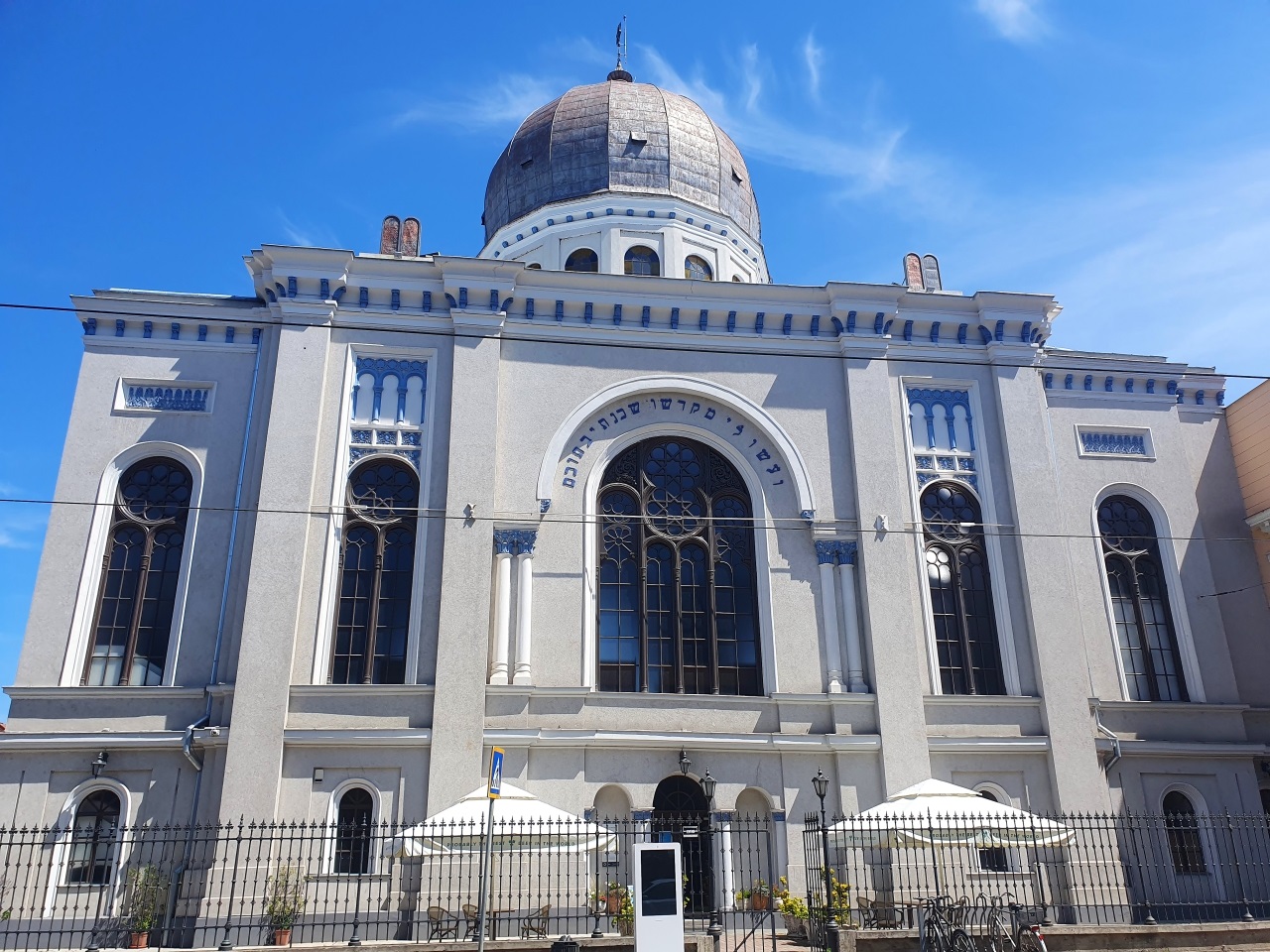
The Neologue Synagogue Sion, built in 1877, or the Big Synagogue. Apparently, there are 2 branches – of Orthodox and Neolog Judaism – in Oradea.
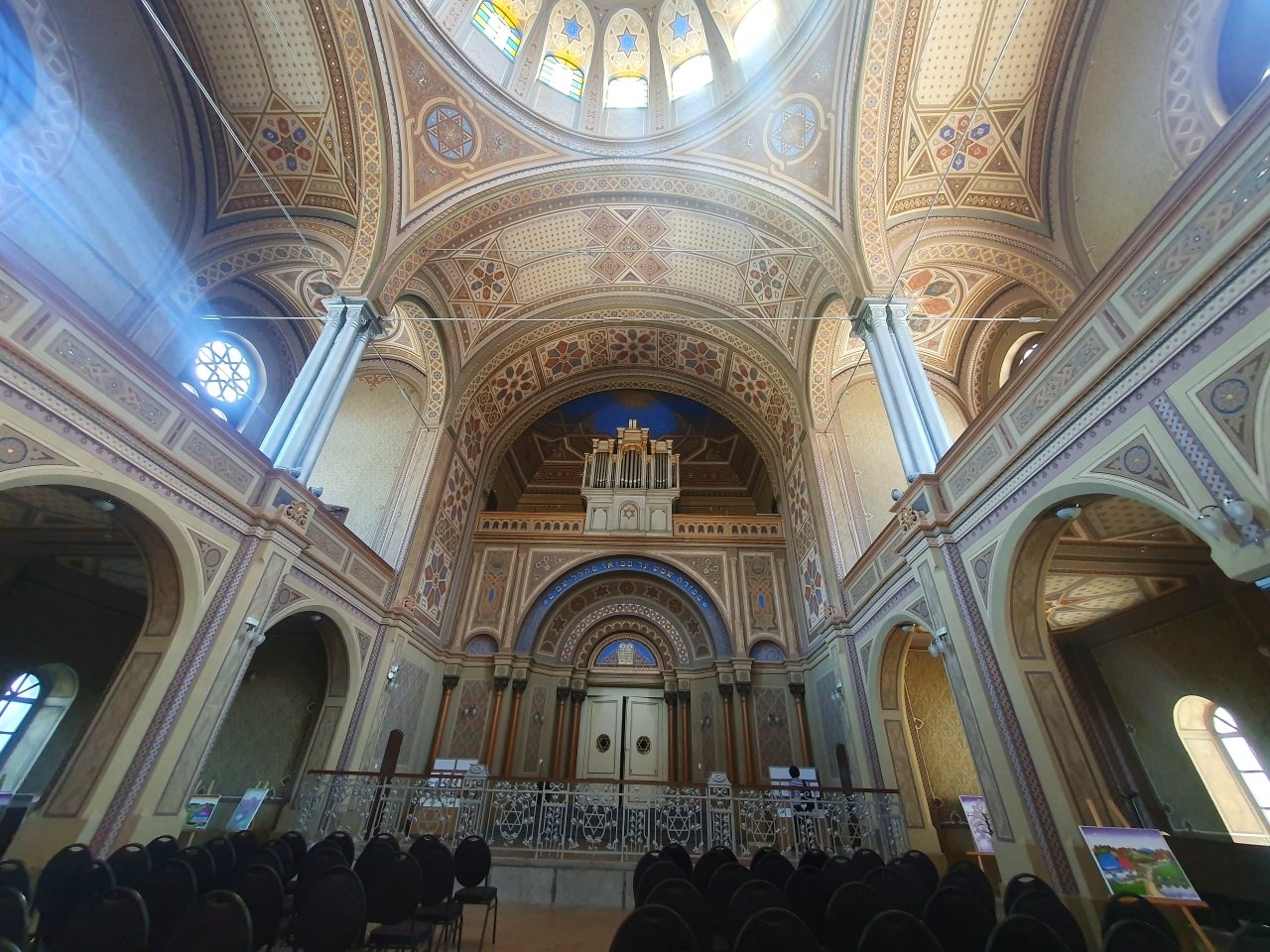
The feeling you get while inside.
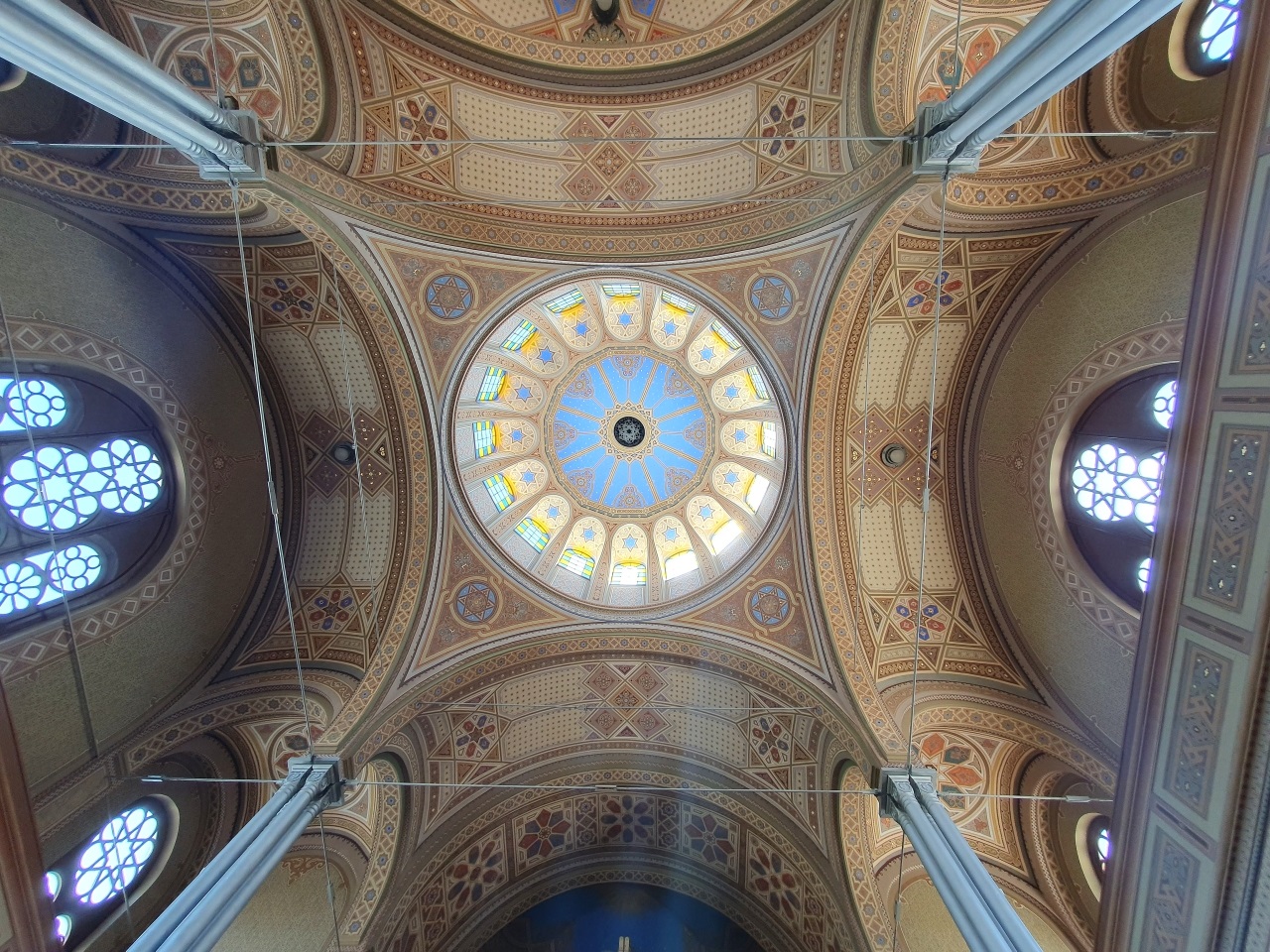
What you see when you look up while in the center.
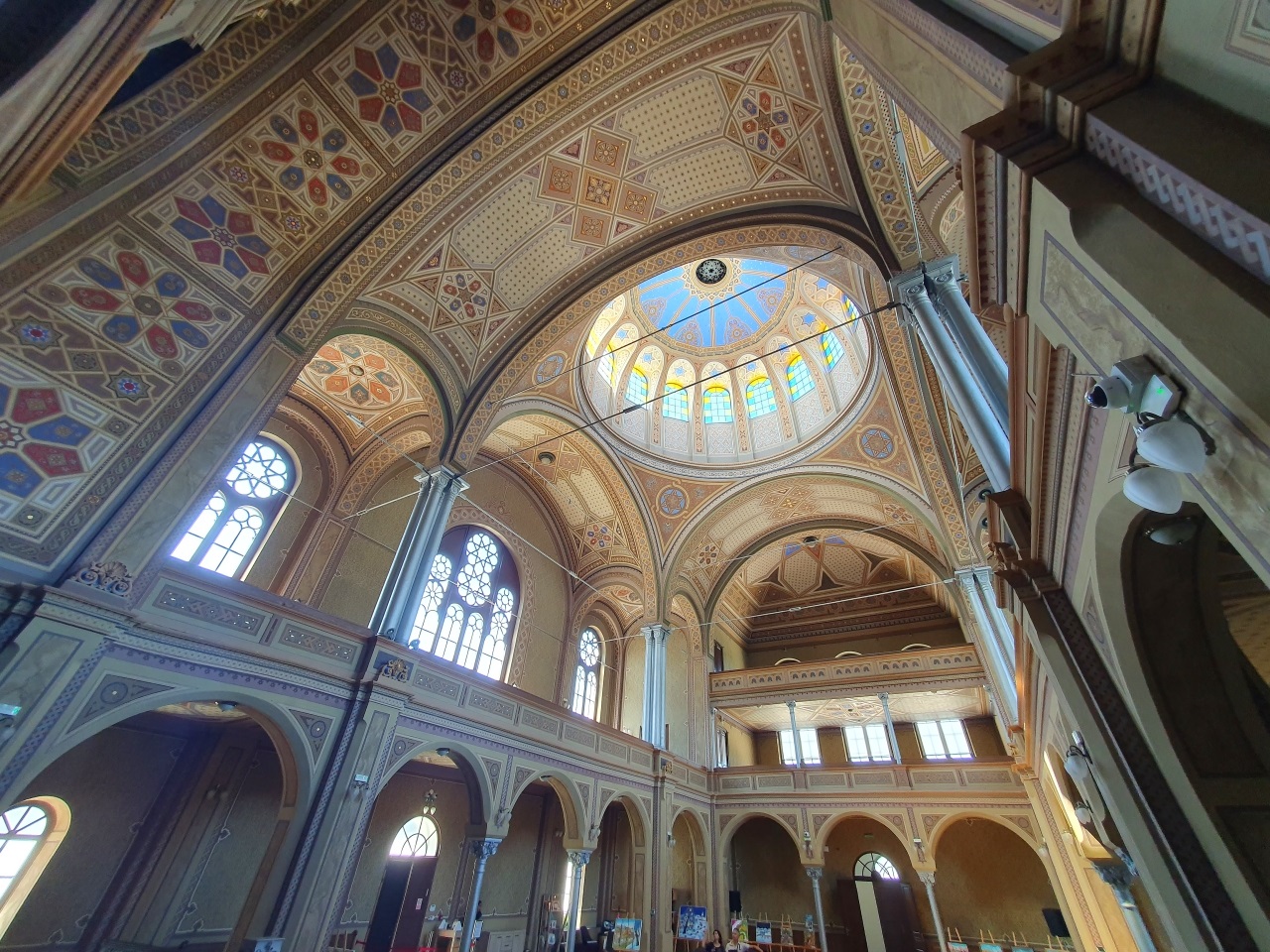
The view towards the rear part of the synagogue.
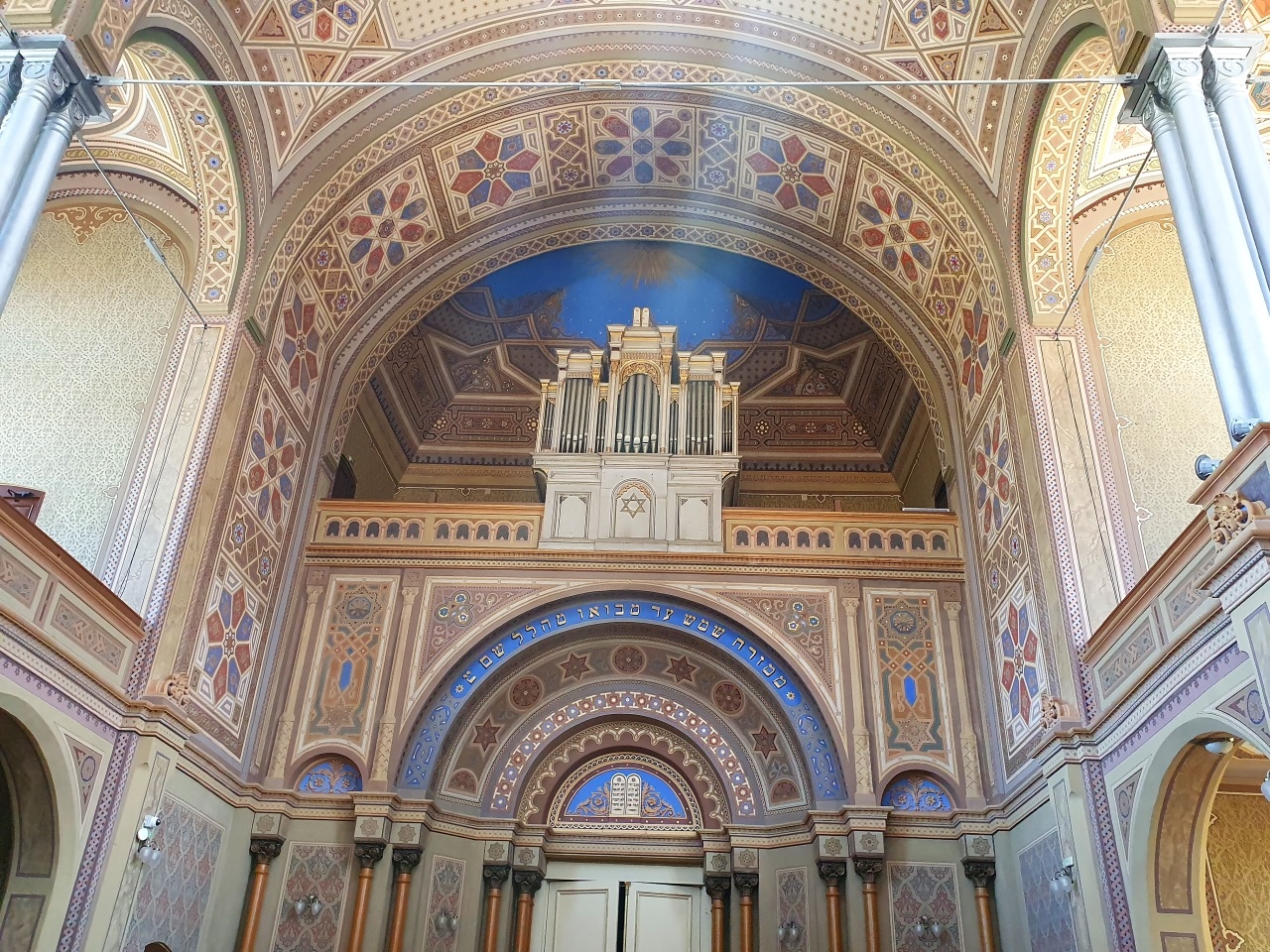
A detail from the front part where the service probably took place when the synagogue was active.
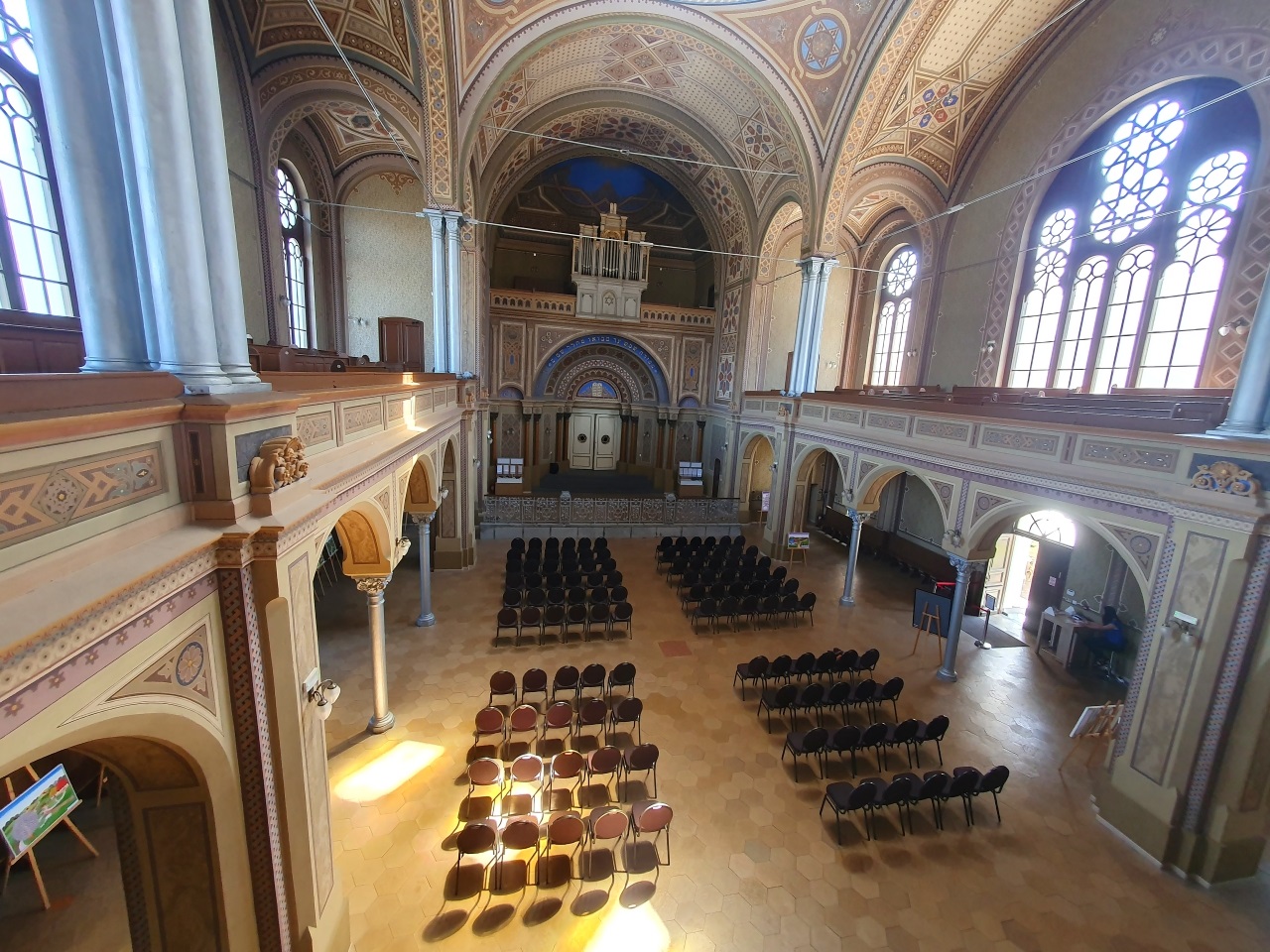
A view from the first level.
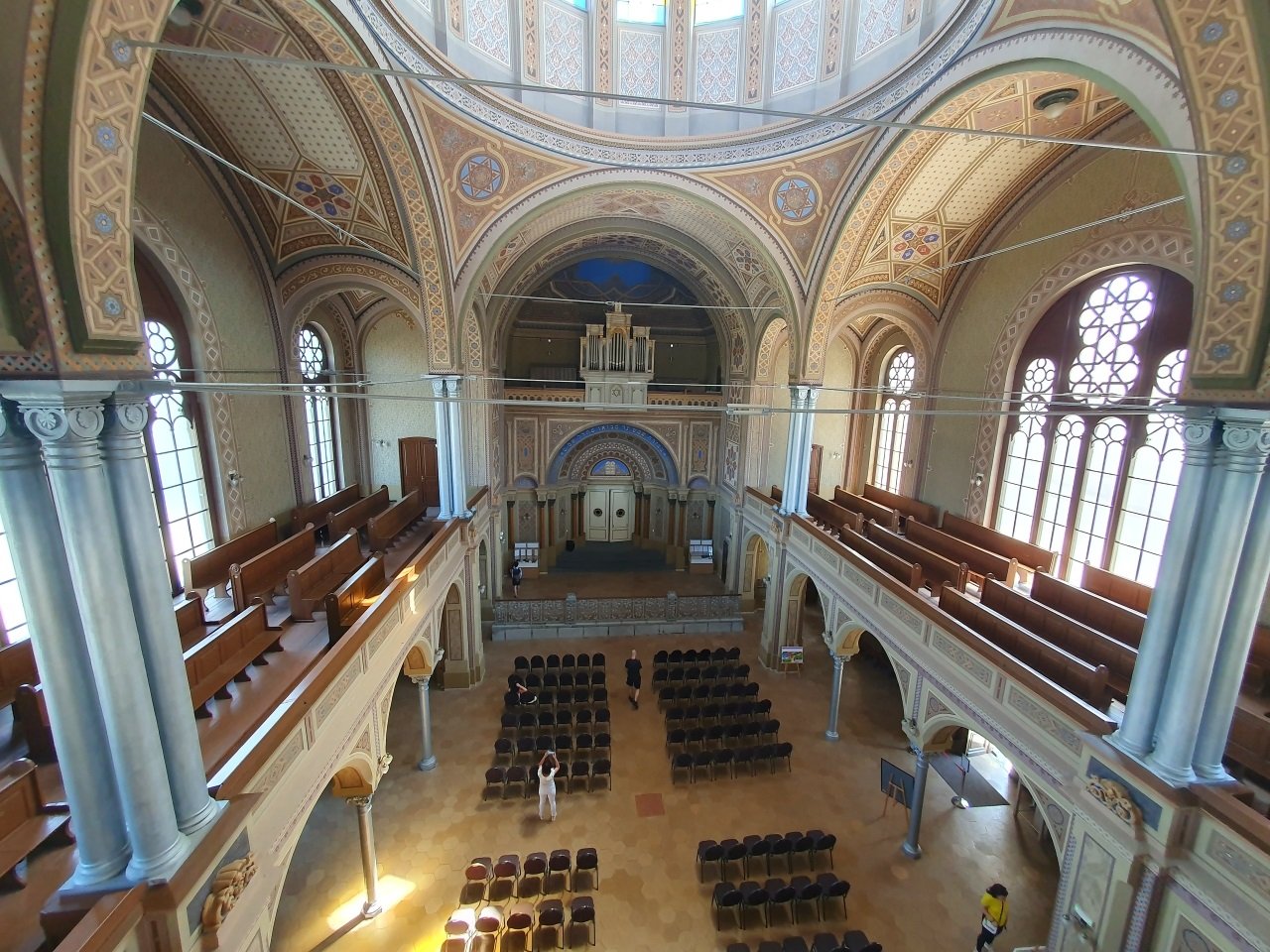
A view from the second level.
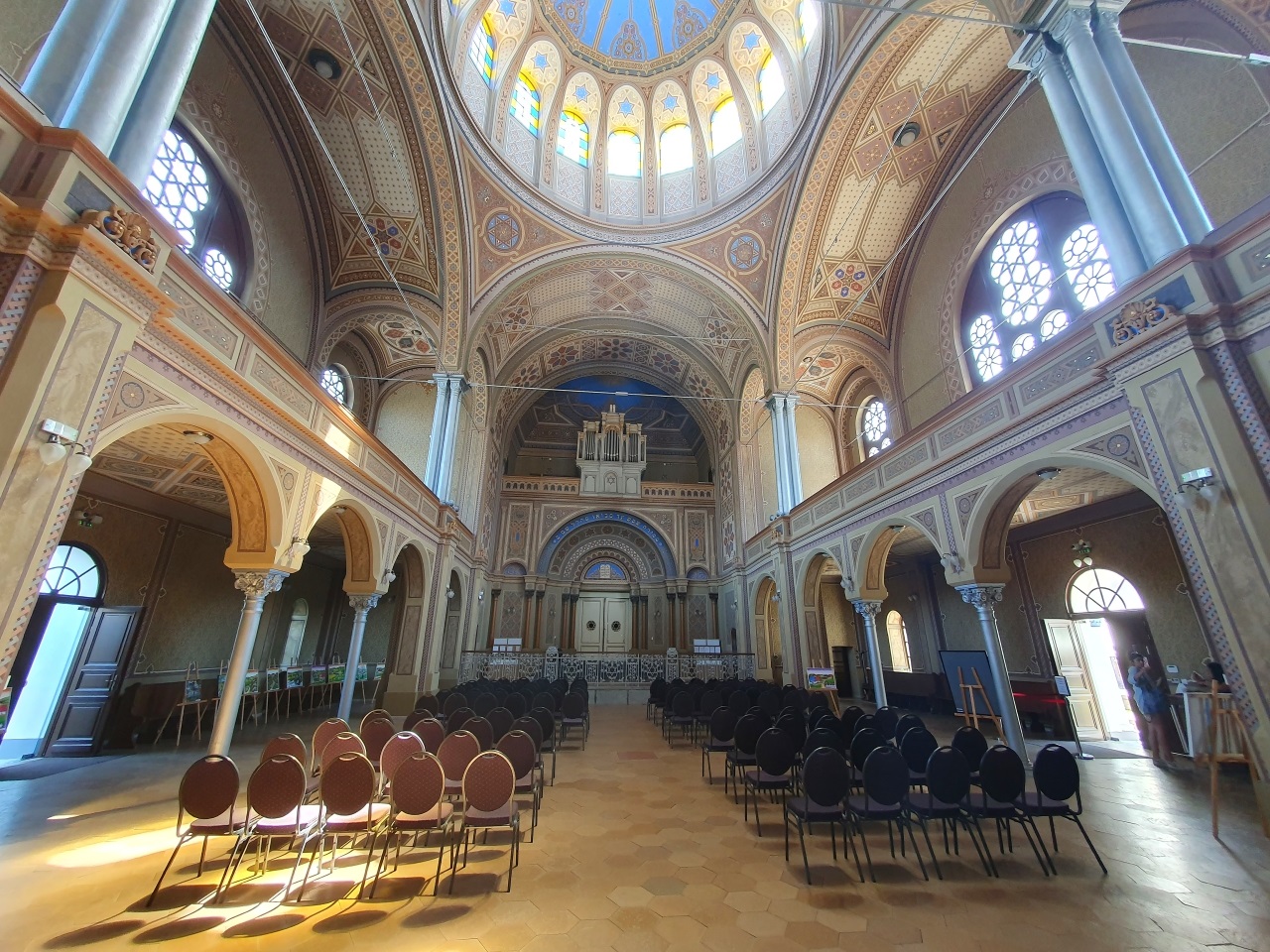
One last view at ground level.
